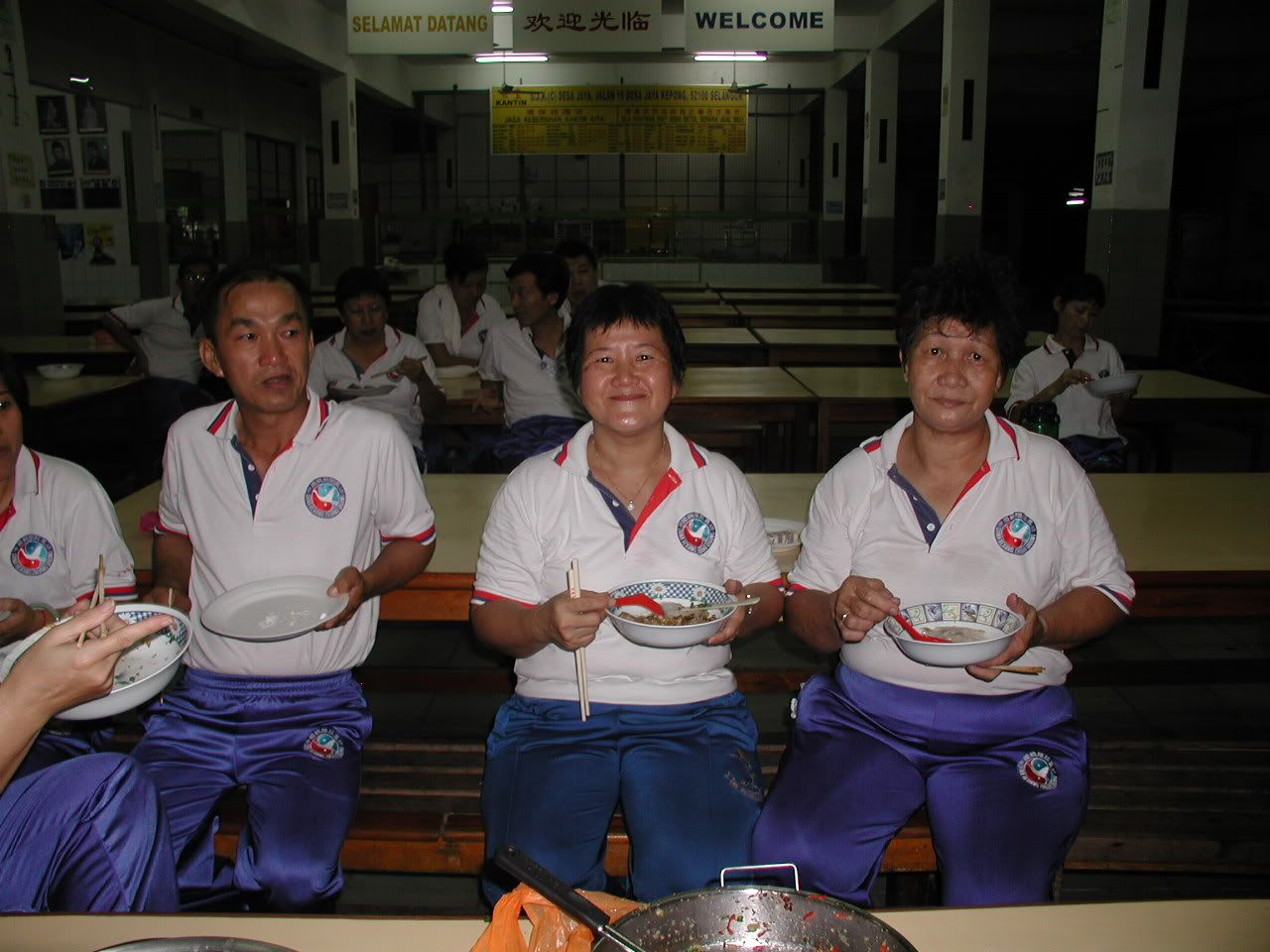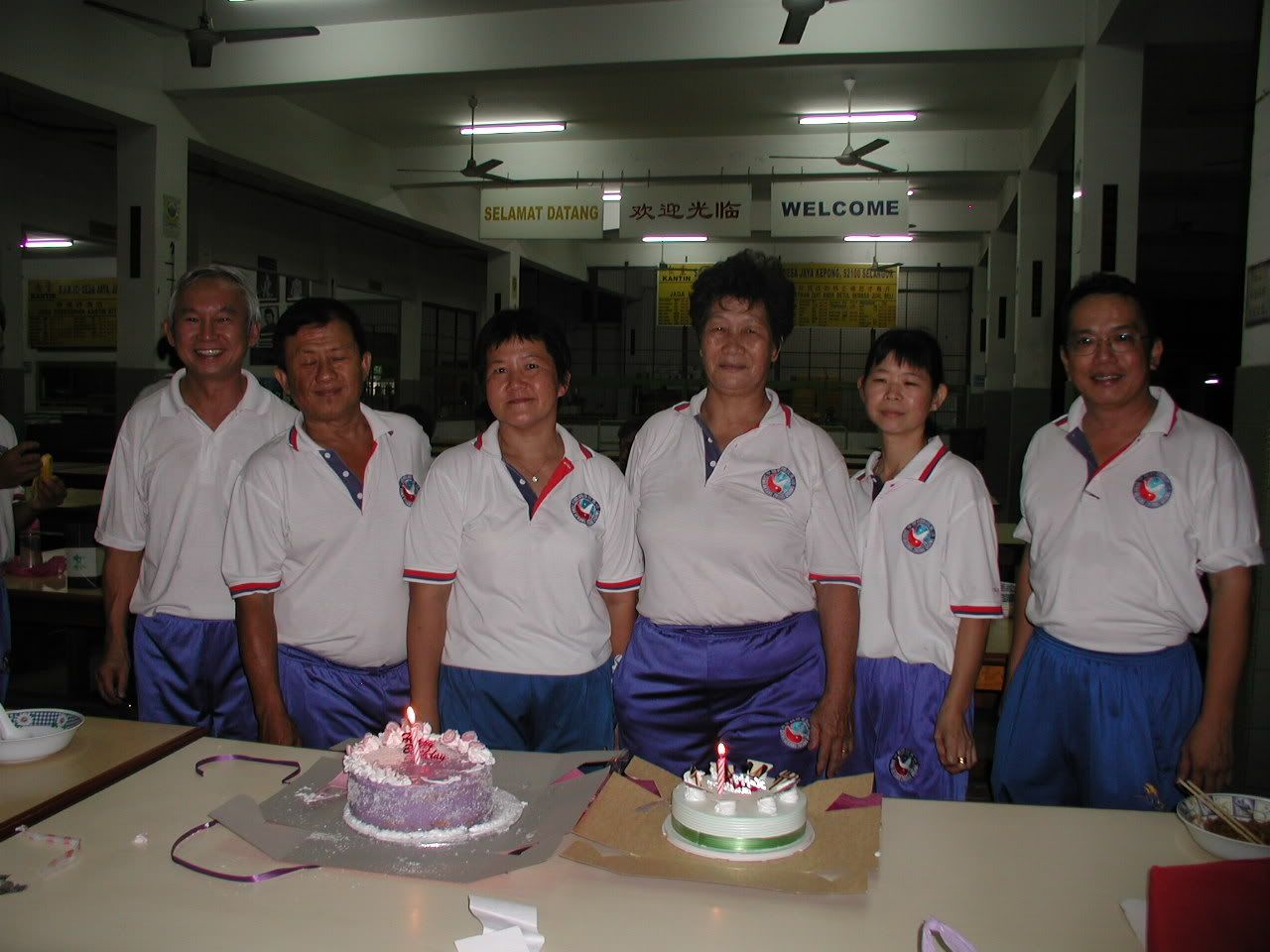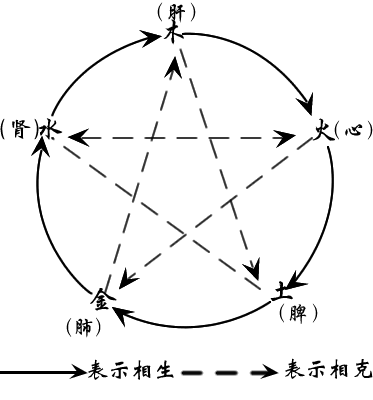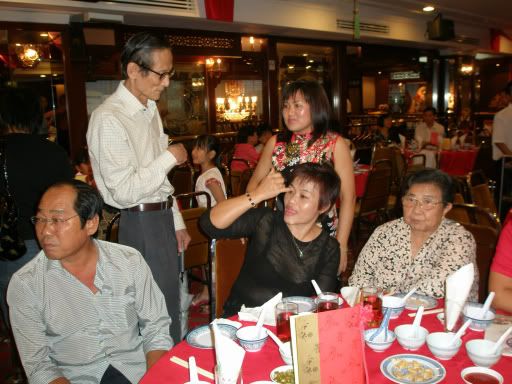中华医疗养生问答 Q & A on Healthy Living by Grandmaster Zhao Jin-Xiang
3. 怎样度过一生的健康才算对呢?
答:在这120岁当中,应该健康的是70岁、80岁、90岁、100岁才算对;人人都应该健康,这是生物的正常规律。由于各种因素,可现在情况了,应该平均活120岁,却只活了70岁左右就死掉了,平均少活了50岁。本应该70-90岁很健康,很多人40岁-60岁就得血压高、冠心病、动脉硬症,60多岁就死去了。提前得病,提前残废,提前死亡成为当前社会普遍现象,的的确确值得我们研究,值得引起重视的问题。
3. What is the correct way of passing one’s healthy life?
Here is another file for download.
TITANIC.PPS (file size = 53 kb)






























